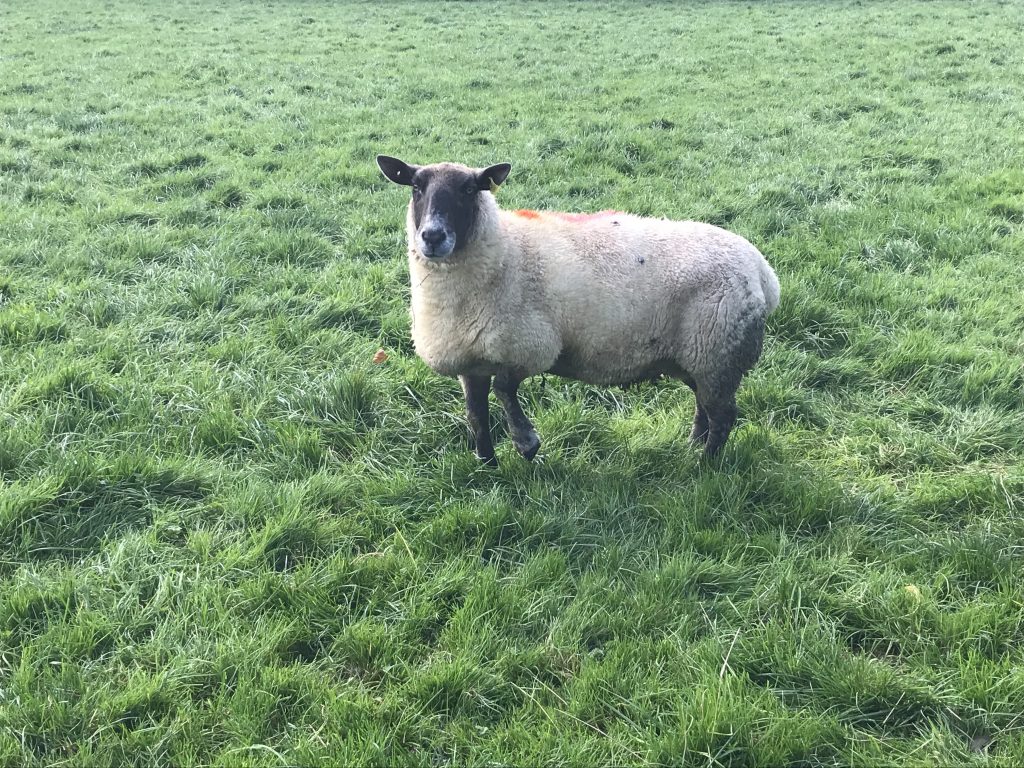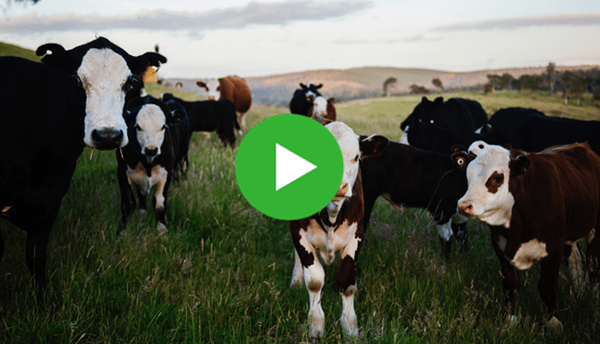

NEWS
“Footrot vaccination a big success on Roscommon sheep farm”
30 October 2020
TAGS
Vaccination as part of the strategy to control footrot has meant ewes with more milk, better lamb thrive and more lambs sold for Roscommon farmer Joseph Kennedy.
On the advice of his veterinary practitioner, Donal Flynn of All Creatures Veterinary Clinic, Joseph introduced vaccination as part of a strategic footrot control plan five years ago.
“I had a serious lameness problem. The labour and time involved in treating lame sheep was very high. Fertility in affected sheep wasn’t what it should be and I had regular problems with ewes with twin lamb disease,” said Joseph.
There has been a big reduction in lameness and the use of antibiotics to treat lame sheep. Overall, there has been a massive improvement in sheep productivity.

The commercial flock of Rouge/Texel crosses has scanned at an average of 2.2 in recent years. He is also a pure-bred Rouge breeder and there is strong local and regional demand for his rams.
Campaign
Joseph is participating in a national information and awareness campaign run by XLVets on the benefits of vaccination as part of a strategic plan to control footrot. The campaign is run in association with MSD Animal Health, manufacturers of the only vaccine licensed for the control of footrot.
Michael Keaveney, who farms at nearby Athleague, visited Joseph Kennedy’s farm with veterinary practitioner Donal Flynn to hear Joseph’s story on the benefits of vaccination.

Persistent problem
In common with a large number of sheep farmers, the Keaveneys have a big problem with lameness.
“We footbath regularly and we treat all serious cases with an injectable antibiotic and an antibiotic spray. But the problem is still persisting.
“We still have up to 10% of our sheep lame at any one time. Lamb thrive is not what it should be and the time and labour involved in treating lame sheep is huge,” said Michael.
Joseph Kennedy outlined his footrot control strategy including vaccination when the ewes are housed. While he got a response in the first year after vaccination, he said he could definitely see a big response after the second year.
The body condition of the ewes and the excellent lamb performance on the Kennedy farm were aspects that particularly impressed Michael Keaveney.

Discussion
Michael is now having a discussion with Donal Flynn on the benefits of vaccination as part of the footrot control strategy. According to Donal, vaccination as part of a rigid control strategy will be cost effective.
“As well as lifting productivity and greatly reducing labour, vaccination also helps to reduce antibiotic use, a very important consideration in the current climate of concern about over- use of antibiotics.”
Footrot and scald the major causes
According to Donal Flynn, footrot and scald account for 90% of lameness in sheep. CODD (Contagious Ovine Digital Dermatitis) accounts for 5% and the remaining 5% is the result of other causes, including strawberry foot, shelly hoof and abscesses.
“The first step in tackling lameness is to correctly identify the cause of the problem. Misdiagnosis and wrong treatment can often make the problem worse.
“It will pay to get your vet to carry out a detailed inspection, identify the bugs and prescribe the most effective treatment and control strategy,” he stressed.
He said footrot which is caused by two different bacteria is highly infectious. Housing, collection yards, gateways, wet areas and supplementary feeding areas are heavy sources of infection.
Every time a lame sheep takes a step a deposit of the bacteria is left behind and other sheep are at risk of infection. Sheep do not acquire immunity to infection.

Impact
“A productive sheep flock should have a scanning rate of 2.0, a weaning rate of 1.75, a target liveweight gain in lambs of 300g/day and ewe mortality of less than 2%.
“Lameness plays havoc with these key performance indicators. It depresses fertility, leads to higher incidence of twin lamb disease and results in ewes with poor colostrum and lower milk yield.
“The end result is lower lamb performance and the risk of increased ewe and lamb mortality not to mention the heavy financial and labour costs of treating infected sheep.”
Five Point Footrot Control Plan
Donal Flynn said that farmers who have adopted the following five point footrot control plan have achieved good success in greatly reducing lameness and improving overall sheep health and performance.

“But it requires a change of mindset on the part of farmers and a 100% commitment to all aspects of the plan if good success in controlling lameness is to be achieved.”
- Treat – All clinical cases should be treated promptly and effectively, including the use of an injectable antibiotic as well as a localised antibiotic spray. Paring of hooves should be kept to the absolute minimum. It can delay recovery and can even make the problem worse.
- Quarantine – All lame sheep should be isolated from the flock and treated accordingly. Keep bought-in sheep separate for at least 21 days.
- Avoid Spread – Regular and proper footbathing helps to reduce the spread of the disease. Spreading lime at gateways and around feed troughs can also be helpful.
- Cull – Some sheep are chronic carriers and will not respond to treatment. They are a continuing source of infection and should be culled. Donal recommends a two strike policy – if the sheep fails to respond to two treatments, cull it.
- Vaccinate – Donal stated that where footrot is affecting 5% of the flock, vaccination of the entire flock, in conjunction with the other four measures, is highly cost effective.
“The best time to vaccinate is around a month before the start of the breeding season or before sheep are housed for the winter. Do not vaccinate within four weeks before and after lambing or within at least six weeks prior to shearing.”
“The primary vaccination course consists of two injections six weeks apart. In areas of constant disease challenge, re-vaccination should take place every six months.”
TAGS
Sign up to Bovilis® product and event information

MSD Animal Health
Red Oak North, South County Business Park, Leopardstown,
Dublin 18, Ireland
vet-support.ie@msd.com
PHONE
CATTLE DISEASES












